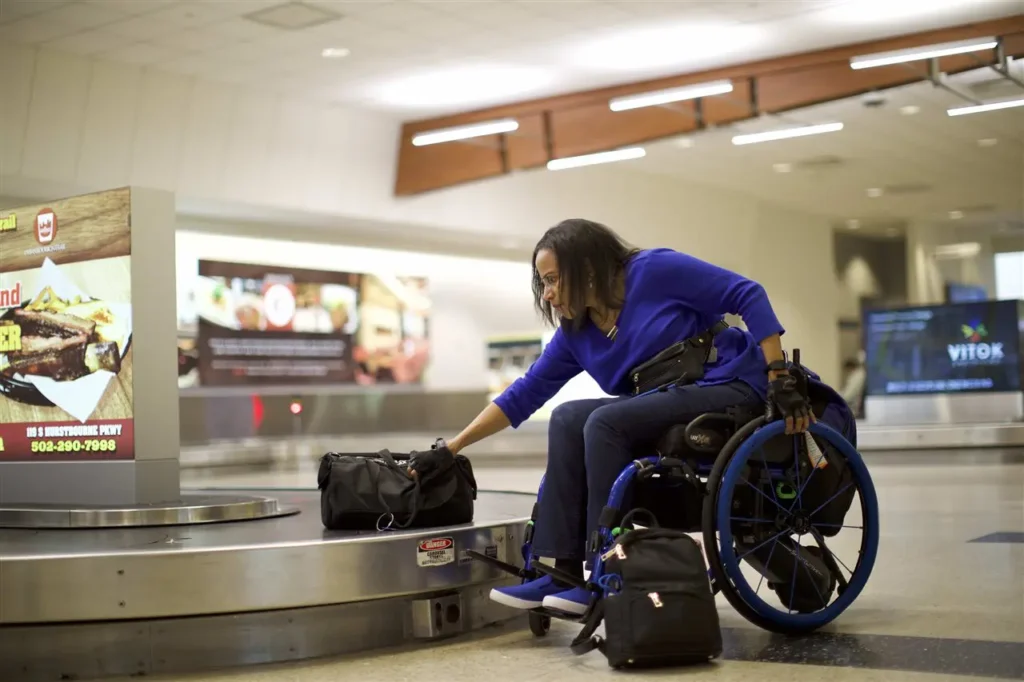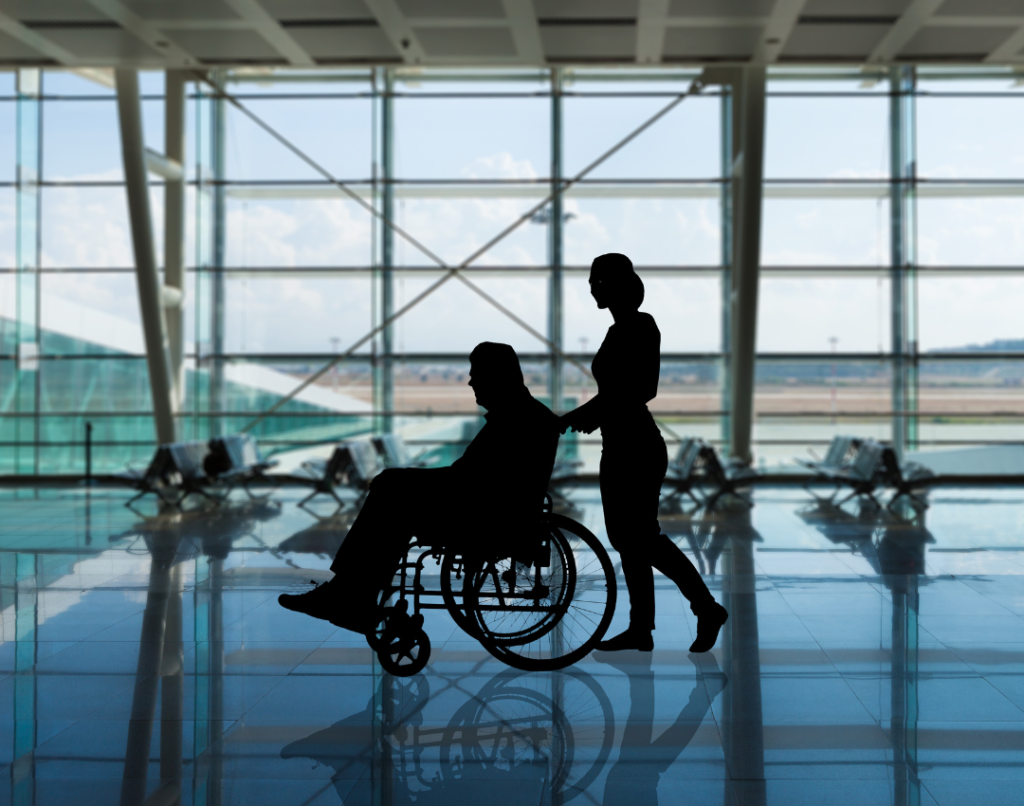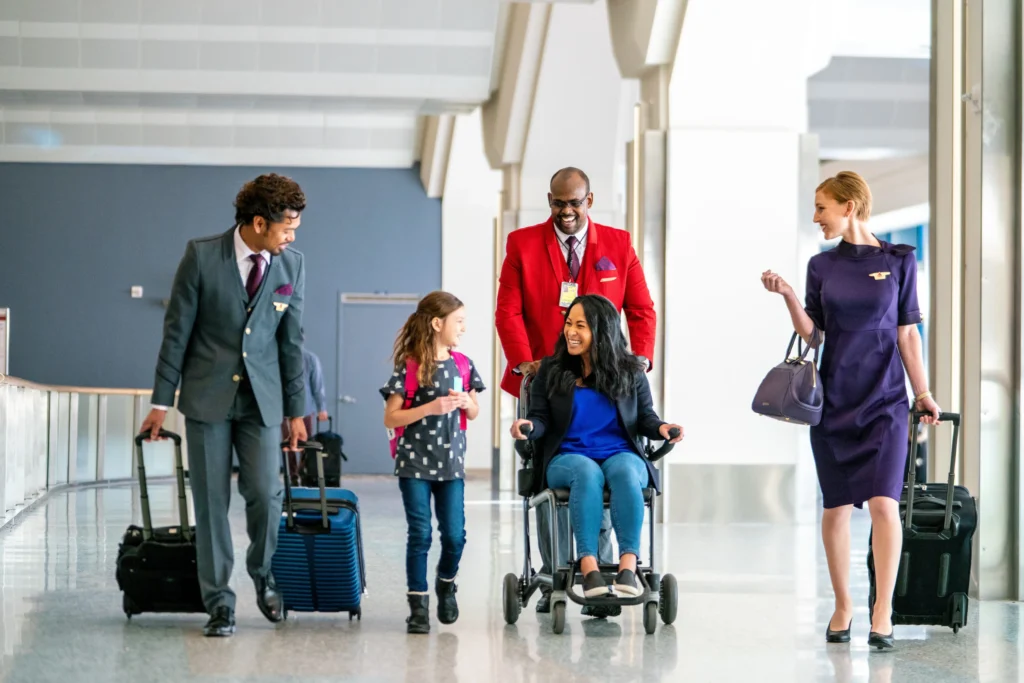Traveling with a disability can seem daunting, but with the right planning and resources, it can be an enriching and accessible experience. Whether you’re exploring a new city, relaxing at a resort, or embarking on an adventure, there are many ways to ensure your trip is smooth and enjoyable. In this guide, we’ll explore practical tips, helpful resources, and destinations that are known for their accessibility, making travel more inclusive for everyone. From booking accessible accommodations to navigating public transport, let’s delve into how you can make your next trip comfortable, stress-free, and unforgettable.

The first step in planning any trip is understanding your needs and how they might impact your journey. This involves considering how you will navigate airports, hotels, transportation, and various attractions. Key factors to plan for include:
Mobility Aids: If you use a wheelchair, walker, or other mobility devices, make sure they are easily transportable and check with airlines or train services about their policies for traveling with such equipment.
Health Care Needs: Ensure that you have all necessary medications, prescriptions, and any medical devices (such as CPAP machines, hearing aids, etc.) for the trip.
Special Requirements: Whether it’s accessible transportation or a specific type of accommodation, research services that cater to your unique needs. Many destinations now offer “accessible travel” options, from hotels with wheelchair ramps to restaurants with braille menus.
Some places are more accessible than others, so it’s important to choose a destination that accommodates your specific needs. Many cities and countries have made significant strides in making travel easier for people with disabilities. Research your destination to see how it supports travelers with disabilities. For example:
Accessible Attractions: Look for places that offer accessible paths, ramps, and restrooms. Many cultural attractions, national parks, and museums have been designed with accessibility in mind.
Wheelchair Accessible Beaches and Resorts: Some beach destinations and resorts now offer beach wheelchairs and other accommodations that allow those with limited mobility to enjoy the shoreline.
Transport and Public Infrastructure: Ensure that the city you are visiting has accessible public transportation options, such as buses with lifts, accessible train stations, and taxis that can accommodate mobility devices.


When booking accommodations, always check for the following:
Wheelchair Accessible Rooms: Ensure that the room has wide doors, enough space to maneuver, and accessible features like grab bars in the bathroom.
Elevators and Lifts: If you’re staying in a building with multiple floors, confirm that it has an elevator or lift that is large enough to accommodate your mobility device.
Accessible Amenities: Many hotels now offer specialized services like pools with lifts, accessible parking spaces, and concierge services that can assist with disability-specific needs.
Flying with a disability requires special attention to detail. Many airlines are required by law to accommodate passengers with disabilities, but it’s still important to confirm:
Wheelchair Assistance: Contact the airline in advance to arrange for wheelchair assistance from check-in to your gate, and during boarding and disembarking. You can also request assistance for transfers between connecting flights.
Medical Equipment: If you need to bring medical equipment, such as oxygen or a CPAP machine, ensure you’re clear on airline regulations and contact the airline in advance to make arrangements.
Accessible Airports: Most airports now have accessible services, such as ramps, accessible restrooms, and designated seating. Check with the airport’s accessibility services to get a map of accessible facilities before your trip.








